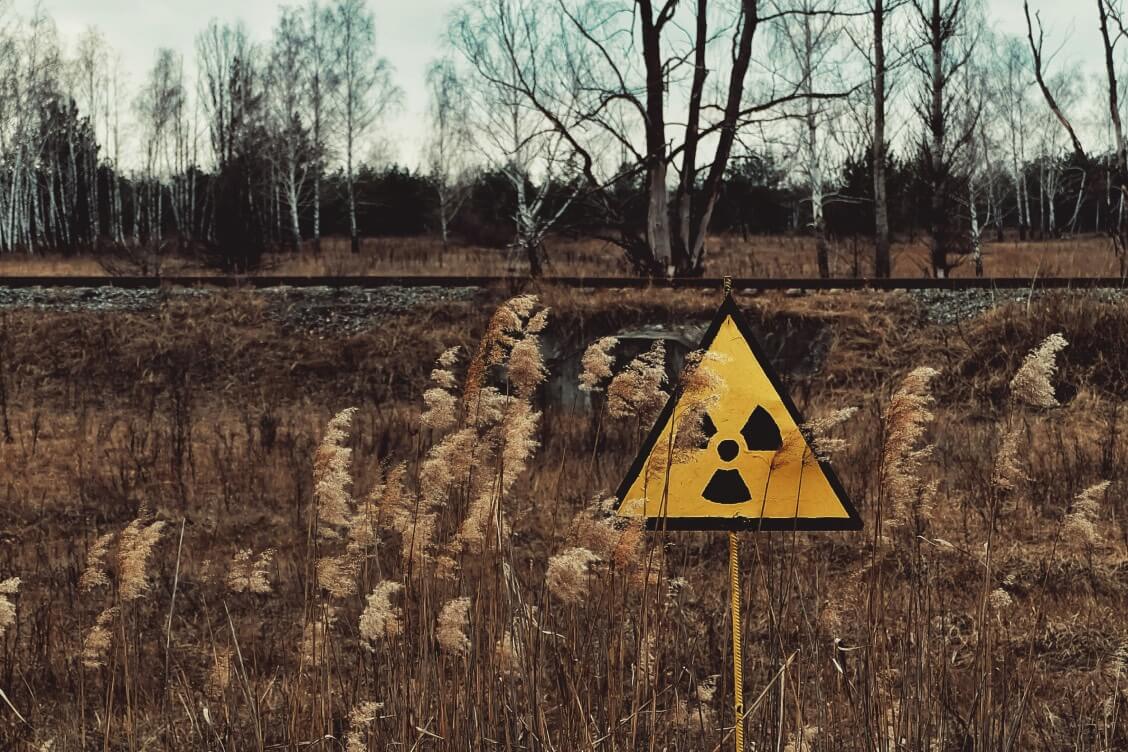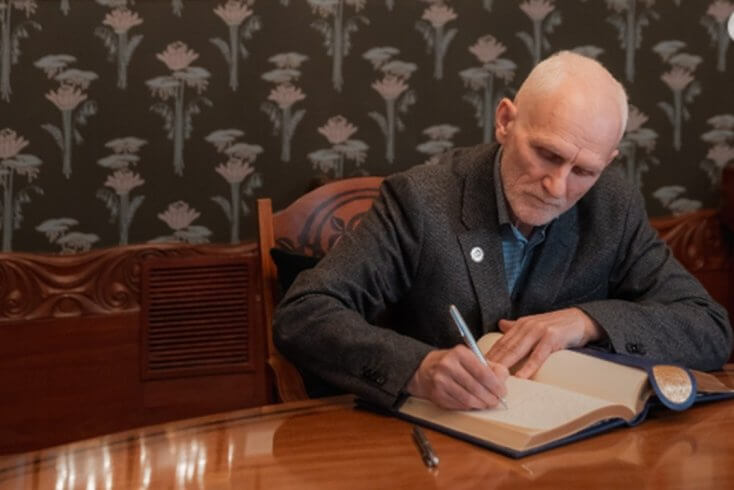Caesium-contaminated area shrunk to 12 percent of Belarus – official

April 22, Pozirk. Thirty-eight years after the accident at the Chernobyl Nuclear Power Plant, the area contaminated with caesium-137 has shrunk by a factor of 1.8 to 25,500 sq. km, or 12 percent of Belarus’ territory, said Leanid Dziedul, the first deputy head of the country’s radiation safety department Dziaržatamnahlad.
He told a press conference in Minsk that 1.5 million hectares of forests and about 19,000 hectares of agricultural land are contaminated with caesium-137 at the level of 1 curie per sq. km.
There are 2,022 settlements with about 930,000 people, including 185,000 children, in the contaminated zones of all regions except Viciebsk.
Dziedul said that the radioecological survey of these settlements will be completed in 2024–2025, and in early 2026 their list will be adjusted by a corresponding government directive.
The government allocated three billion rubels for the 2021–2025 state program for overcoming the consequences of the Chernobyl accident. Eighteen percent of these funds are earmarked for radiation safety measures.
The accident at the Chernobyl Nuclear Power Plant, the largest man-made disaster in human history, occurred on April 26, 1986.
Although the plant is located in Ukraine, Belarus was the hardest hit with more than 70 percent of the radioactive fallout contaminating its territory.
Also read: Health officials keep finding radioactive mushrooms and berries 37 years after Chernobyl
- EconomyBelarusian lawmakers mull simplified citizenship procedure for foreign investorsThe material is available only to POZIRK+
- Politics, Security
- Politics
- Politics, SecurityBelarus’ interior troops hold countersabotage drillThe material is available only to POZIRK+
- EconomyBelarusians’ sales of foreign cash exceed purchases by $1.6 billion in 2025The material is available only to POZIRK+
- Society
- EconomyJob openings for foreign workers up 18 percent since late DecemberThe material is available only to POZIRK+
- Politics, SocietyAt least 1,990 NGOs dissolved since August 2020 – LawtrendThe material is available only to POZIRK+
- Economy
- PoliticsLithuanian army flags hostile information operations by BelarusThe material is available only to POZIRK+
- EconomyBelarusian envoy discusses high-level visits in EgyptThe material is available only to POZIRK+
- PoliticsCichanoŭskaja’s aide commends former UK PM Johnson for support of Belarus’ oppositionThe material is available only to POZIRK+
- Politics
- SocietyBiełavija carries over 2 million passengers in 2025, still half of 2019 levelThe material is available only to POZIRK+
- Society
- SocietyNumber of Belarusian expats in Lithuania continues to decreaseThe material is available only to POZIRK+
- EconomyLithuanian PM urges trucking companies to sue Minsk over stranded vehiclesThe material is available only to POZIRK+
- Politics, SecurityLithuania prevents 10 entries by undocumented migrants from Belarus on January 6The material is available only to POZIRK+
- Politics
- Society



